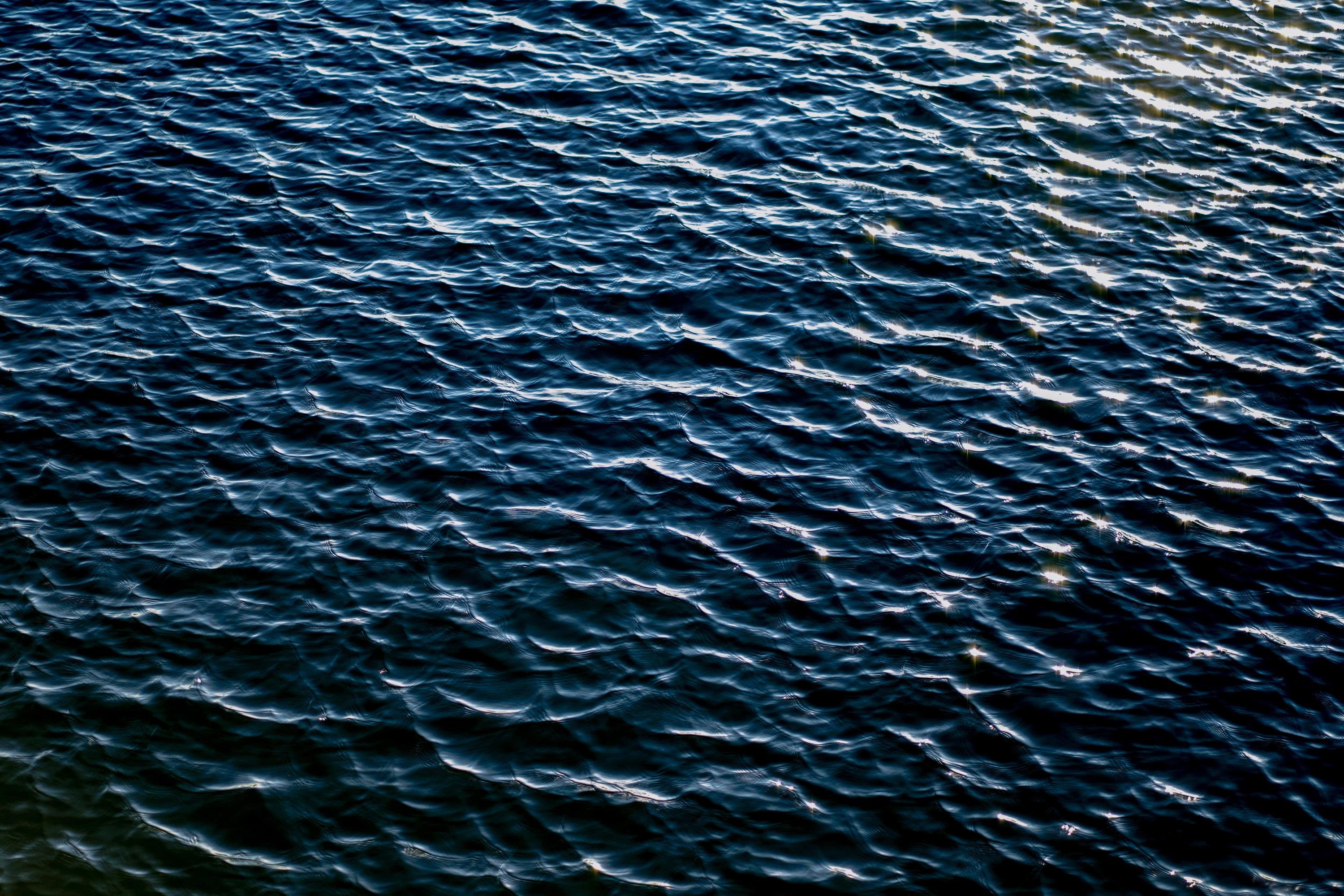
Keep the boat well trimmed.
When under way, the bow shouldn't be down. More and more we're seeing people running boats with the bow down. Not only does running bow down promote waves flooding in over the bow; it also makes the boat less stable as it runs and more difficult to steer. One thing that may be contributing to this is the proliferation of bow riders. These may have a tendency to influence some folks to put too much weight forward. To make matters worse, some bow riders can be like a big spoon, just scooping water in when the waves come. But we can't just blame this on the type of boat. The folks aboard, or at least the skipper, also need to know what they're doing.
A powerboat should normally not be heeling (unless temporarily and slightly when making a turn).
Often we see them moving along with the weight of people, coolers, tanks, or other items to one side, causing an artificial list. This increases the likelihood of capsize should something happen unexpectedly that further contributes to destabilization of the boat; and it also makes the boat more difficult to steer.
It isn't necessarily best to meet waves bow on.
Often this results in the wave coming aboard suddenly as a large volume of water. This will depend on your boat, the speed you're running (which should normally be relatively slow if you're encountering waves), and the boat's buoyancy and other characteristics. Generally, it's best to take incoming sea to the port or starboard side just aft of the bow rather than dead on. This allows that broader and hopefully more buoyant hull section to meet the rising water, and it's far forward of taking it on the beam, which could flip you. Also, if you take it dead on the bow, you're more likely to have that narrow bow, which is designed to cut through the water, cut through the wave and not rise as much as is needed, allowing the wave to board you. Exactly how far aft of the prow you take a wave will depend on all the variables and will even change with such conditions as wave height and boat type and loading. But as you grow accustomed to your boat, you should get a good feel for this.
Pay attention to seas astern.
A surprising number of small boats (and also quite a few larger ones) are swamped when a sea comes over the stern. Normally, the top of the stern is lower that the top of the sides in other areas around the boat. This is made more so by a cutout for an outboard. Also, it's often open to the cockpit or interior of the boat, unlike the bow area, which may have at least a small deck or covering to help deflect waves from coming down inside the boat. One common cause of getting swamped, as you might expect, is overloading astern. It's natural to move people and other weight back there because it's wider and seemingly more stable.
Another common cause of getting swamped from the stern is slowing down too quickly, particularly with an outboard. The following wake catches up with your boat and floods over the stern cutout. Normally, the boat should be able to handle this, but if this is coincidentally coupled with a naturally occurring following sea and with too much loading astern, the boat could suddenly take on so much water that it becomes unstable and possibly sinks.